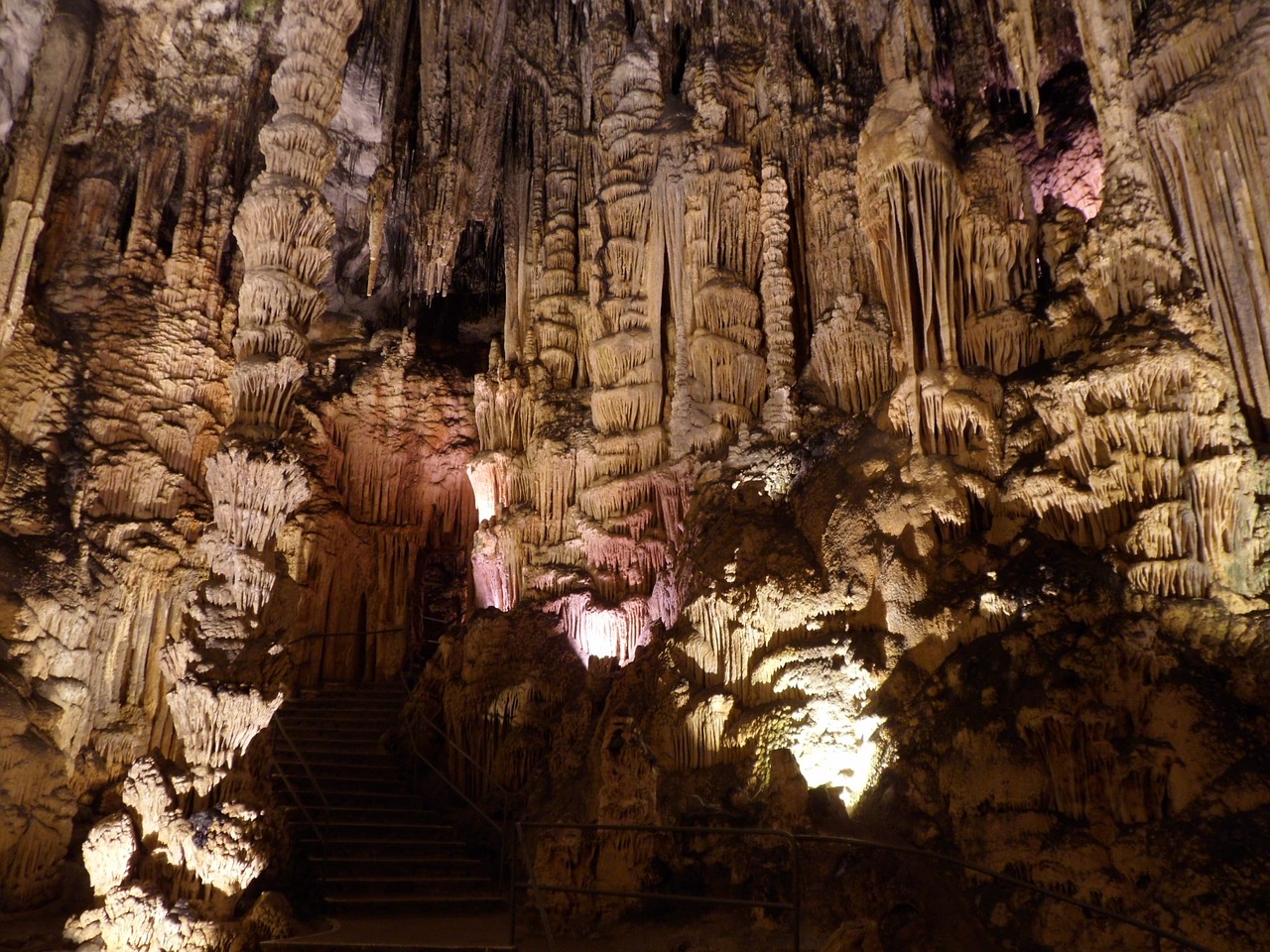The secrets of stalagmites revealed
Interview with
Cave deposits, known as stalagmites, provide a valuable insight into how climate has  changed in the past. Their isotopic composition - essentially variations in their elemental makeup - can inform us that a major climate event took place. However, the effect that climate events had on society is somewhat more difficult to unravel. A team of scientists have discovered a unique cave in central China that contains both stalagmites and dated inscriptions describing the effects that severe droughts had on the local population. Joanna Kerr spoke to Sebastian Breitenbach to learn more about reconstructing changes in climate that happened hundreds of years ago.
changed in the past. Their isotopic composition - essentially variations in their elemental makeup - can inform us that a major climate event took place. However, the effect that climate events had on society is somewhat more difficult to unravel. A team of scientists have discovered a unique cave in central China that contains both stalagmites and dated inscriptions describing the effects that severe droughts had on the local population. Joanna Kerr spoke to Sebastian Breitenbach to learn more about reconstructing changes in climate that happened hundreds of years ago.
Sebastian - We go into the cave and we try to find stalagmites that are growing very simple. We cut them open and then we can already see these layers - brown, sometimes they're translucent, and sometimes these layers are annual. We can either count these layers to get the chronology or we can take uranium series samples and date them precisely, and then we can take like a small drill, like a dentist drill. You can take small samples and measure the isotopes or elemental concentration.
Johanna - How do the isotopes in the stalagmite tell us about the climate?
Sebastian - For example, if you look at the oxygen isotope ratios, they are dependent on the oxygen ratios in the rainfall and in the water that infiltrates into the cave. They would be more negative when there's a strong monsoon and they would be more positive when there's less strong or big monsoon. However, this is always ambiguities because there are other factors that also influence oxygen like temperature changes. The exceptional thing in this cave is that we have these inscriptions and we can compare extreme events for example with much higher, that are routine values, compare them to the inscriptions and we actually find that the inscriptions that we have, the timing of these inscriptions fits very well with these extreme events.
Johanna - Why were people entering the cave and why do you think that they chose to write about these climate events.
Sebastian - They would go to the cave because the cave holds water for longer. Even if you have above the cave already dry conditions, the cave would still have some time when it was dripping. In the cave, you have a lake, you have a lot of water flowing around, and people went there firstly to collect water. Certainly, the local farmers knew about this cave for forever already. But then if this is the last wet place in the surrounding then people would go there and pray. From what we know from these inscriptions is that the governor for example came to the place. So, they have one inscription. The governor of the Ningqiang district came to the cave to pray for rain. That's inscribed as a graffiti in the cave, on the wall.
Johanna - In these inscriptions, did the people provide any information about how they reacted to the droughts or how the communities reacted to the droughts?
Sebastian - Not in great detail. The inscriptions are quite short. We know from historic record that these times were associated with civil unrests, even with cannibalism, the people migrating from one place to another in search for water.
Johanna - Do you think that there are any lessons to learn in terms of how the population reacted to these droughts and to climate change and how we may react as a population in the future?
Sebastian - So there are two important things that we should bear in mind. One is that a reconstruction that we have from this cave tells us that even relatively short but very intense droughts can have a very severe impact on human and on society in the region. Of course, we cannot directly compare what happened 500 years ago with what's going on right now because nowadays, civilisation is much advanced and it's industrialised. But if you just think about the drought in California, even there, there's now a huge drought and people start moving away and digging deeper wells to reach the groundwater. So, the society at large is still vulnerable to such events. The other thing that is important to keep in mind is that when we compare the geochemical evidence with model output then we see an increasing likelihood of drought events and more frequent extreme events. Meaning, we might get more flood events during the monsoon and we can also think of a longer dry period. So, each winter might be or dry season might be longer than before and that would be disastrous for the farmers.
- Previous Robots that jump on water
- Next Scientists re-grow damaged nerves










Comments
Add a comment